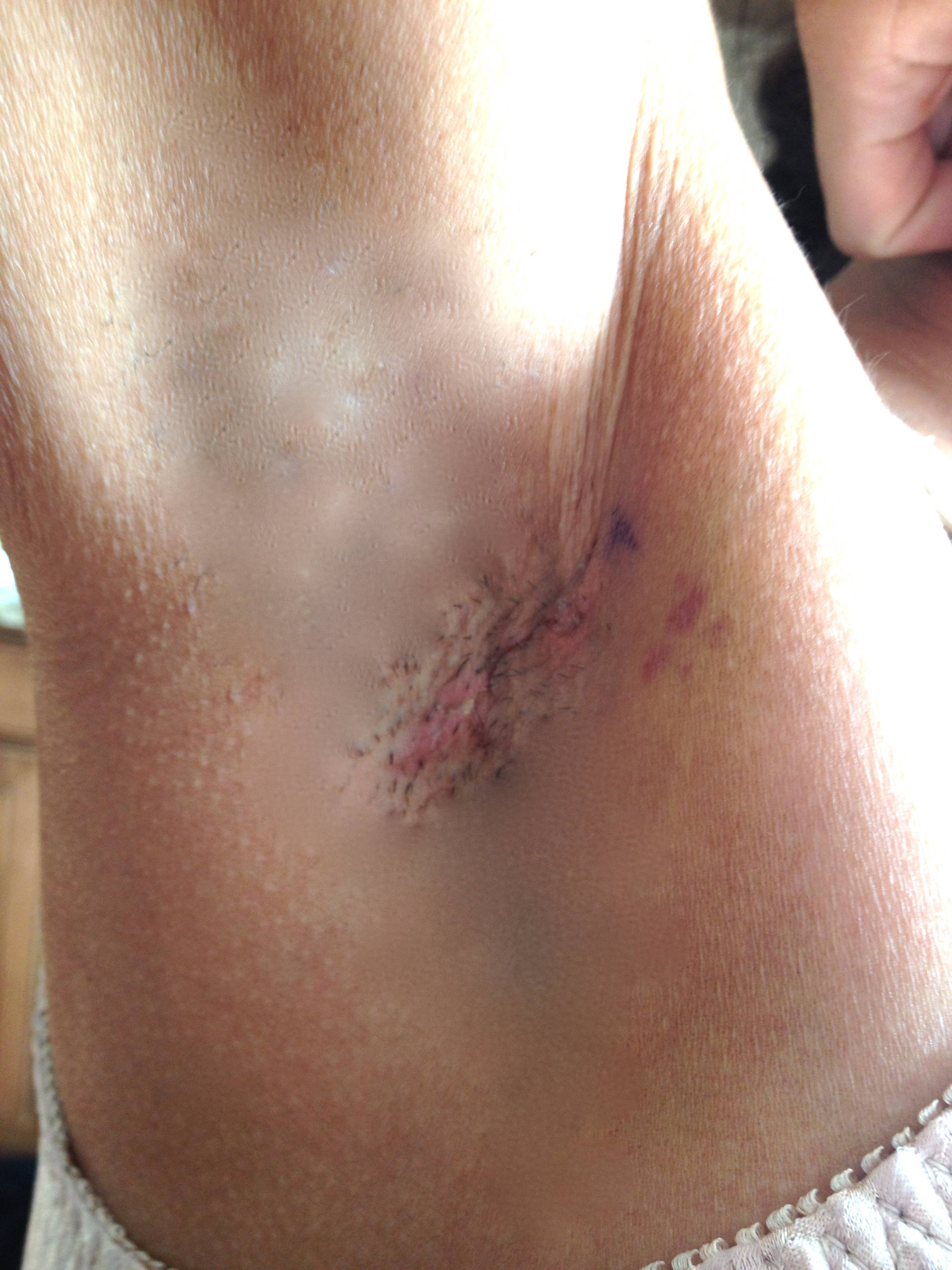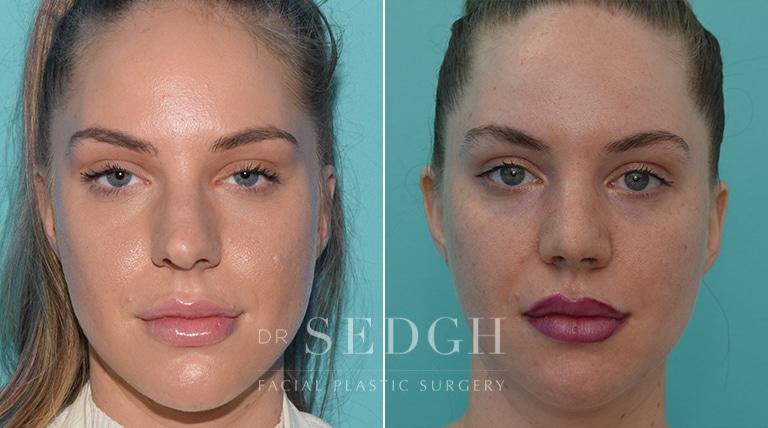
Although cholesterol deposits are not harmful to the eyes, they can cause discomfort. They can also grow in size. They are non-toxic and do not require to be removed. The majority of patients with cholesterol deposits around the eyes also have dyslipidemia. This means that there is too much lipid in the blood. Find out how you can help yourself and learn more about this condition. Here are the steps that you should follow if you find cholesterol deposits on your eyelids.
Dyslipidemia can cause xanthelasma
Dyslipidemia, a condition in which the blood contains too many fatty substances (lipids), is a common cause of xanthelasma in the eye. Dyslipidemia means high blood levels (good or bad cholesterol) and HDL (good cholesterol). High levels of blood cholesterol are common among xanthelasma patients. They may also be more likely to develop inflammation or other conditions that are associated with high cholesterol.

Xanthelasma (Xanthelasma) is a condition where fat deposits in the eyes develop. It can develop in people with primary or secondary hyperlipemia or in diabetics. This condition is usually marked by yellowish-colored plaques on the inner sides of the lower or upper eyelids. Although it's rare in the young, it can impact anyone. If you think you might have xanthelasma, it is best to see a doctor.
Lipoprotein deposits in eyes
Many processes result in lipoprotein deposits. First, these lipids are deposited on the cornea. This causes NV, opacification and decreases of visual acuity. They also form when the underlying cellular structure becomes damaged and is unable to function properly. These conditions are often slow-moving and can be caused by multiple factors. There are two main types LK: idiopathic (which develops naturally) and secondary (which results from other conditions). In both cases, the underlying systemic disorder is secondary to lipid deposits. Third, previous ocular traumas and diseases can cause lipid deposition.
Corneal arcus is the most common form of ocular cholesterol deposition. It is caused by the accumulation of phospholipids and cholesterol in the peripheral cornea. Although it is usually a part of aging it can also be a sign that you have hyperlipidemia. As such, it should be screened by a medical professional to determine whether it's the cause of your eye condition.
Atherosclerosis may be caused by lipoprotein accumulations
The blood vessels are made more difficult by the buildup of cholesterol. Hardening these vessels is bad for your health because they are malleable and flexible. The accumulation of cholesterol in the eyes is usually most common in people with a condition known as dyslipidemia, or too much lipid in the bloodstream. Eye deposits that develop before 40 years of age should be checked by a doctor.

Atherosclerosis can be preceded by an inflammatory response due to fat deposits in the eyes. If a person isn't active, the bloodstream can accumulate lipids. As a result, xanthelasma can develop around the eyes, which can lead atherosclerosis. Although there are many reasons for xanthelasma it is most commonly genetic. This condition can be caused if there are genetic conditions that increase bloodstream lipid levels. Cholesterol is generally obtained from meats and dairy products. Cholesterol is vital for your body's ability build cell membranes, make hormones and help in the digestion fats.